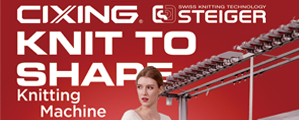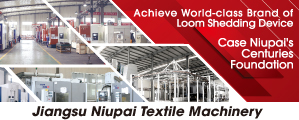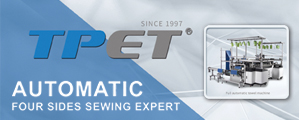China’s Medical Dressing Export Growth Trend in 2013
Jul 03, 2013 | by
Export Showed Negative Growth in 2012
In 2012, the overall exports of China’s medical dressing presented the negative growth for the first time since the financial crisis in 2008. Compared with the 30% growth in 2011, the situation is not optimistic. In the same year, the overall exports of the medical devices saw a growth of 11.96%, which reflected the fact that the medical dressing export was lack of drive power, while the damping was not as bad as the financial crisis in 2008. China’s medical dressing export fell 12.46% year-on-year in 2008, and the damping in 2012 was the half of 2008.
According to the world customs data, China’s product market share in the European Union and the United States increased by 1.41 percentage points and 0.04 percentage point respectively, which were basically flat with last year. Medical dressing export value increased by 4.04% year-on-year, but the price decreased by 10.59%. The number and price of adhesive dressing increased 7.50% and 10.04%, respectively.
In 2012, except for the growth after the New Year holiday in March, the medical dressing exports were all decreased month by month, especially in July, the exports declined by 16.45%. After July, the falling exports situation had eased month by month with the average export of $191 million/month.
Traditional Markets Depressed in Europe and North America
Europe and North America are China’s two traditional export markets of medical dressings, accounting for 67.65% market share. In 2012, exports to Europe and North America markets declined by 4.93% and 3.76% respectively. Following with the strategy of diversifying markets, China’s trade with emerging market countries is still growing faster, especially for emerging market in the Middle East, the exports growth increased to 36.56%, showing unique feature in crisis.
Among the top ten markets, China’s exports to Japan sustained negative growth. In 2012, exports to Japan saw a year-on-year decrease of 20.73%, and the growth rate dropped to -29% in November compared with the same period previous year. These top tens accounted for 69.58% of the whole export markets. However, in 2012, in addition to Britain and the Netherlands, other eight countries all showed negative growth.
Their market share basically remained stable last year. The number of enterprises with over $10 million exports was 47; vis-avis 52 enterprises in 2011, a fall by 9.6% year-on-year. The export total value of the 47 enterprises was $1232.9486 million, down 6.32% year-on-year.
The top ten export enterprises were production-oriented enterprises, the exports accounted for 26.8% and 27.6% respectively in the year of 2012 and 2011. The export enterprises competitive situation remains stable and the concentration is expected to be further improved.
Commodity Emerging Market Grows Faster
Absorbent cotton, gauze and bandage are main exports of medical dressings, which realized $875 million export last year, down 2.33% year-on-year, accounting for 38.19% of the total dressings export. At the same time, export volume and price declined slightly by 1.39% and 0.96% year-on-year respectively, basically flat with 2011.
Looking from the export area of this kind of products, export to North America and Europe saw negative growth of -4.49% and -12.79% respectively, while export to emerging markets like Africa, the Middle East, Oceania, the Asean and other regions saw rapid growth.
High-end Manufacturing Companies Back Home
Since 2005, RMB against the dollar has appreciated by 32.5%. As a result, countries like India, Vietnam and other Southeast Asian countries with currency devaluation and reducing labor costs cashed in on a lot of market share. Pressures of rising raw material costs and labor costs continue to weaken China’s product price advantage, leading to obvious decline in economic benefit for all kinds of enterprises, especially for SMEs.
Europe and the United States markets demand remains weak, recovery does not see any improvement. In order to remedy the situation, the European and American countries are reviving manufacturing industry, especially the high-end manufacturing by encouraging enterprise to return home, and making some inhibition of “made in China” products.
Now America prefer to the regions with rich labor, lower average wages and geographically closer to developed countries, as well as low shipping costs like Mexico. Besides, regions like Vietnam, Malaysia, and Philippines, the performance is also very strong in the aspect of attracting foreign investment.
The FDA and CE have strengthened the products supervision for China’s medical dressings and improved the market access standard, making some products, especially class II products anr more difficult to apply for access.
In addition, the industrial low level excessive capacities and homogeneity competition are still prominent. What’s more, coupled with the lack of independent brands and marketing channels, it’s hard for enterprises to grasp the initiative role in bargain. All these factors are the reasons that cause the negative growth in medical dressing exports.
Affected by the Europe economic crisis, external demand is shrinking, the overall industry situation is not optimistic. Under the current pressures, many enterprises participate in the market development cautiously, while powerful and more far-sighted enterprises are willing to promote the transformation and upgrading, improve the technology, strengthen the creation and marketing of independent brands and promote the market diversification, in order to develop domestic market. At the same time, the leading enterprises of medical dressings should share information and experience through the association with fair and reasonable competition, so as to take the lead in pushing the healthy, stable and sustainable development of the whole medical dressing exports.








